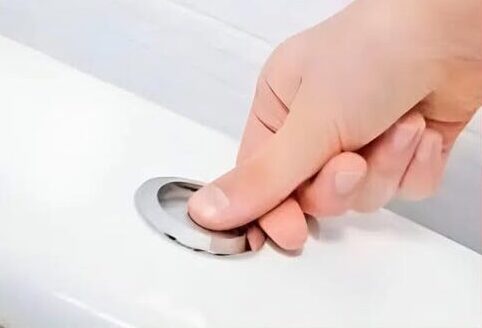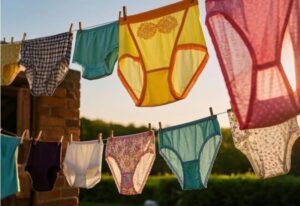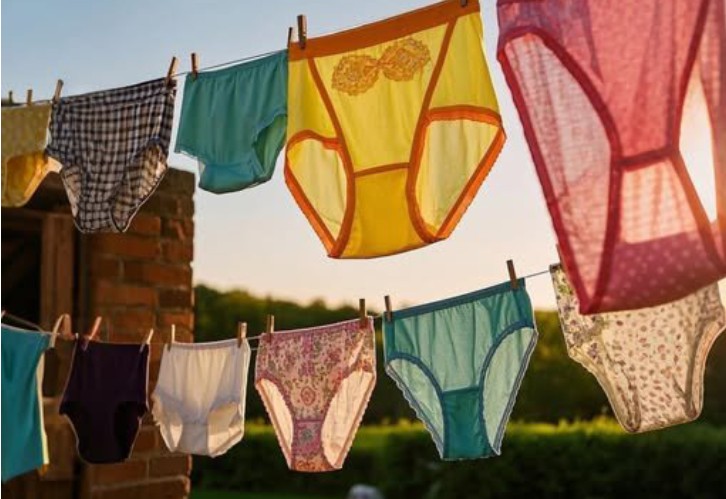A habit so ordinary, so automatic, one we almost never question: flushing the toilet. Yet, a simple trip to pee doesn’t necessarily require that reflex. What if this small, everyday action — often without us realizing — wastes a significant amount of water? It’s a surprising question, but one worth asking. What you’re about to discover might make you rethink your daily routine…
Drinking water: a precious resource we squander without a thought
Every time you flush the toilet, 3 to 9 liters of drinking water go straight down the drain. Absolutely clean, purified, priceless water — all just to wash away a few centiliters of urine. It’s like using a glass of Volvic to rinse a paintbrush.
This daily waste often goes unnoticed. Yet with an average of ten toilet visits per day per household, that adds up to as much as 100 liters per day — or over 36,000 liters per year. To put it in perspective, some countries around the world don’t even have daily access to drinking water.
The “if it’s yellow, let it mellow” method: a simple but effective habit
In many eco-friendly homes, a straightforward rule is followed: “If it’s yellow, let it mellow; if it’s brown, flush it down.”
In other words, you only flush when truly necessary, not every single time you pee. Urine is naturally sterile and doesn’t pose an immediate health risk as long as the toilet is cleaned regularly.
Less flushing, more hygiene
Not flushing doesn’t mean living with a dirty toilet. The key is regular cleaning — scrubbing the toilet and flushing every two to three days, or even daily if it’s frequently used. Another tip: add a few drops of essential oils (lemon, eucalyptus, lavender) into a diffuser or small container placed near the toilet to naturally neutralize odors.
A solution available to everyone
There’s no need for complex work or special equipment. All you have to do is adjust your habits. Save flushing for solid waste or strong odors. Going forward, you can also install a dual-flush toilet (common in most modern homes) or choose ultra-low-flow models that use less than 3 liters per flush.
Keep etiquette in mind!
If you live with friends or in shared spaces, be discreet and respectful. Not every household is equally comfortable with this practice. Consider the habits of those around you.
In short: why you should think about this?
✅ Every flush = 3–9 liters of drinking water wasted unnecessarily.
✅ Urine isn’t contaminated, so there’s no immediate health risk if the toilet is clean.
✅ A simple way to save water with no extra effort or cost.
✅ Alternatives: dual-flush toilets, composting toilets, essential oils to tackle odors.













+ Немає коментарів
Додайте свій